Talks wrapped on Trans-Pacific deal
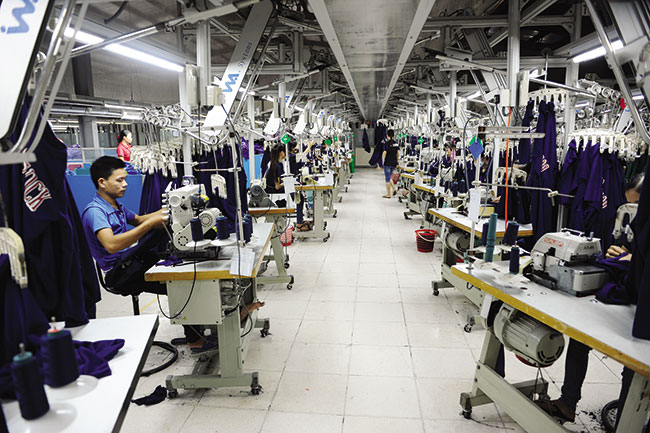
The landmark trade agreement could pad Vietnam’s exports with an additional $89 billion by 2025
After more than five years of talks, the 12 Trans-Pacific Partnership (TPP) countries – Australia, Brunei, Canada, Chile, Japan, Malaysia, Mexico, New Zealand, Peru, Singapore, US, and Vietnam – announced the conclusion of their negotiations last week in Atlanta. The landmark agreement, which links together countries representing nearly 40 percent of global GDP and 30 per cent of trade, will level the playing field for the region’s farmers, ranchers, and manufacturers by eliminating taxes.
Minister of Industry and Trade (MoIT) Vu Huy Hoang said the TPP would “help expand Vietnam’s exports and markets, and lure more high-tech investments as well.”
According to the MoIT, the TPP is expected to help increase Vietnam’s GDP by an additional $23.5 billion by 2020 and $33.5 billion by 2025. The country’s export turnover was also projected to rise by an additional $68 billion by 2025.
According to HSBC, the deal could also raise Vietnam’s gross national income by 10 per cent by 2020.
Under a TPP analysis by the US’ Peterson Institute for International Economics, Vietnam’s export sector would be added with $89 billion by 2025. “The largest percentage gains on the TPP track are estimated for Vietnam (14 per cent), which would become a much-expanded manufacturing hub in textile, garment, and other industries,” said the analysis.
At a recent meeting with Vietnam’s leaders in Hanoi, US Trade Representative Michael Froman said the TPP could help Vietnam raise export turnover and GDP by 37.3 and 25 per cent, respectively, by 2025.
According to the MoIT, Vietnam’s garment, textile, and steel would be among sectors benefiting the most from the TPP. The existing average tariff for garment and textile product imports to TPP countries stayed at 17.3 per cent, which would be reduced to 0 per cent over the next years. “With Vietnam joining the TPP, our textile and garment industry can grow faster, and it will benefit millions of people currently working in the industry,” Hoang said.
Currently 55 per cent of Vietnam’s textile products are exported to the US, 18 per cent to the EU, and 12 per cent to Japan.
Le Phuoc Vu, chairman of Hoa Sen Group, Vietnam’s second-largest steel producer, said the TPP could help Hoa Sen boost exports to TPP nations. Currently Hoa Sen is faced import tariffs as high as 25 per cent in Mexico, 6 per cent in Chile, and 5 per cent on some products in Peru. “The group expects to export at least 120,000 tonnes of steel per year to the US, compared with less than 12,000 tonnes a year now,” Vu said.
Warrick Cleine, chairman and chief executive officer of KPMG in Vietnam and Cambodia, was also upbeat over the TPP’s positive impacts on Vietnam’s economy.
“The conclusion of the TPP negotiations is fantastic news for Vietnam. While we have seen a rise in manufacturing-related foreign direct investment over the past few years, some in anticipation of this agreement, we expect to see a further surge in interest in the coming years,” he said.
He said that importantly, the TPP would give greater focus to Vietnam’s export partners on the defined country of origin of goods exported from Vietnam. “We expect that the TPP will provide greater incentives for business investment in vertical manufacturing, that is, investment in materials and component manufacturing. This will raise the amount of value-added activity in Vietnam’s manufacturing sector.”
US Ambassador to Vietnam Ted Osius also said the TPP would help Vietnam expand its export markets and lure more investment. “Economic experts believe that Vietnam is poised to benefit the most of all the 12 countries. I’ve been hearing from many US companies that they have big plans for deepening their engagement. I’ve heard of new companies wanting to enter Vietnam as they think it’s becoming a more attractive place for investment and business.”
Meanwhile, AmCham in Hanoi’s executive director Adam Sitkoff commented that “the TPP will give the private sector greater access into key markets, spur competition, attract more foreign investment, and help build key supply chain infrastructure - thus creating big opportunities for local businesses, and jobs and higher incomes for Vietnamese workers.”
What the stars mean:
★ Poor ★ ★ Promising ★★★ Good ★★★★ Very good ★★★★★ Exceptional
Latest News
More News
- MoIT proposes scheme to boost renewable energy procurement (April 17, 2024 | 14:05)
- Disbursement delay deemed unacceptable (April 17, 2024 | 09:13)
- Planning for 30 airports to complete by 2025 (April 15, 2024 | 16:56)
- MPI calls for high-tech, green energy cooperation from Washington investors (April 10, 2024 | 15:33)
- Vietnam's economic growth expected to pick up in 2024 (April 09, 2024 | 15:16)
- European business confidence at highest since 2022 (April 08, 2024 | 09:55)
- Where is environmental governance in FDI attraction? (April 08, 2024 | 09:45)
- 2024 is expected to see fiercer competition in FMCG (April 04, 2024 | 16:53)
- Vietnamese startups bag $35.7 million in first quarter of 2024 (April 02, 2024 | 16:40)
- Investors increasingly optimistic about manufacturing sector (April 01, 2024 | 14:51)





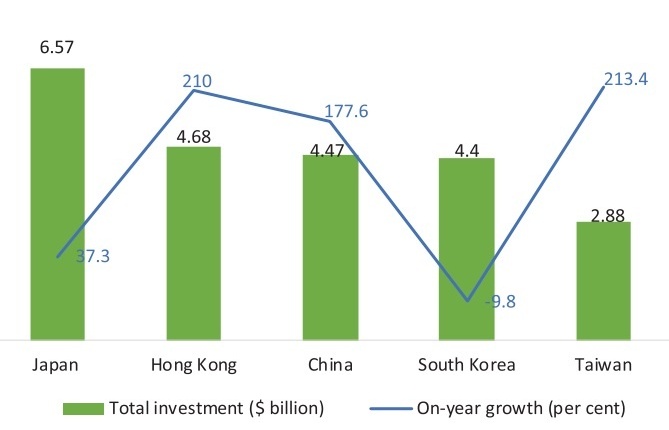
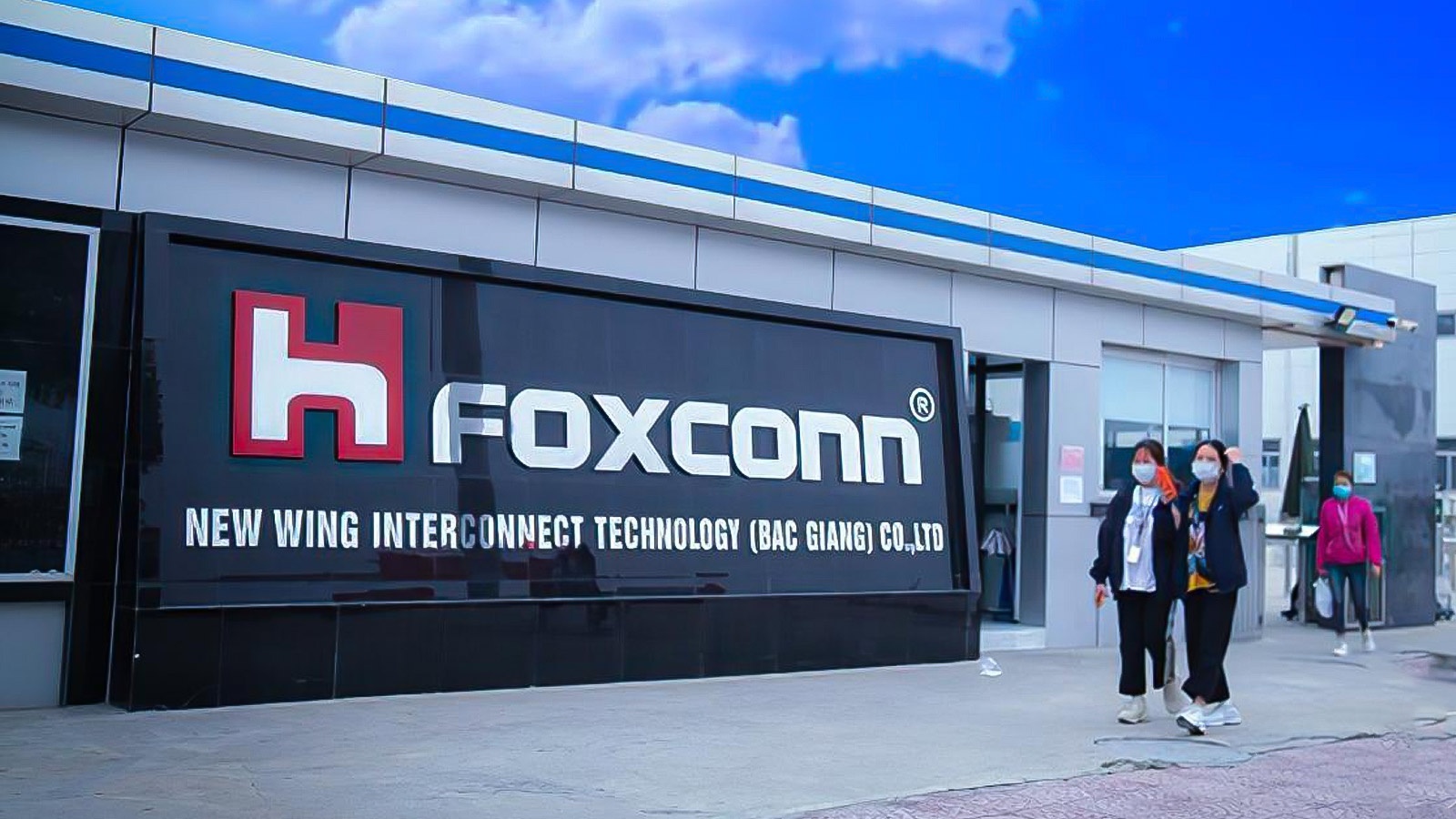
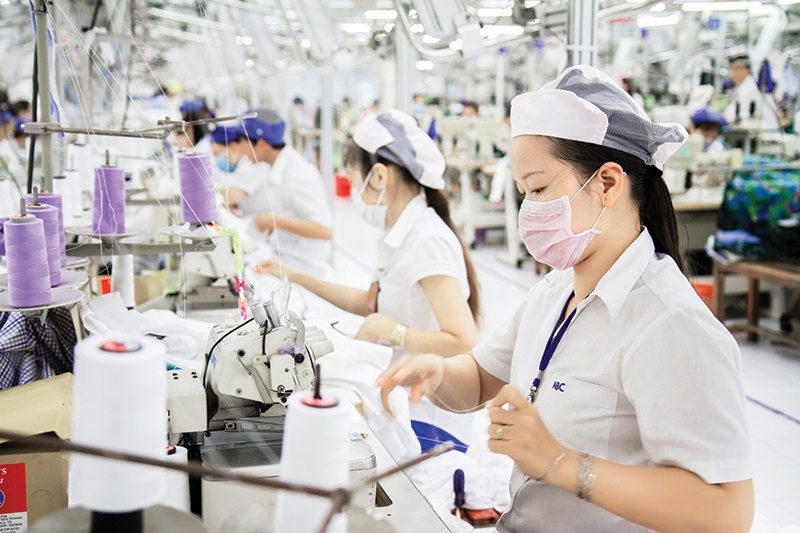



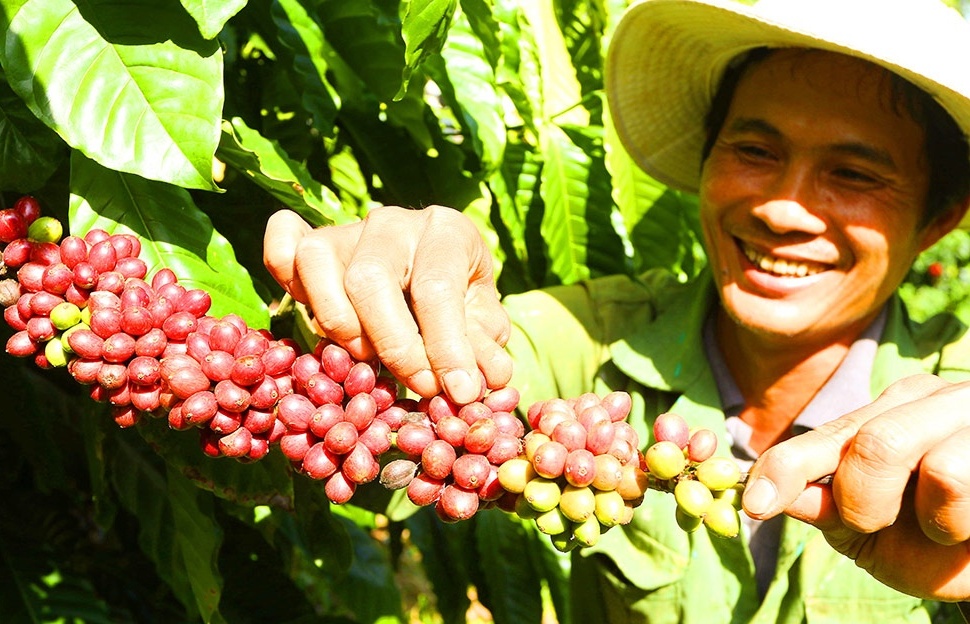




 Mobile Version
Mobile Version